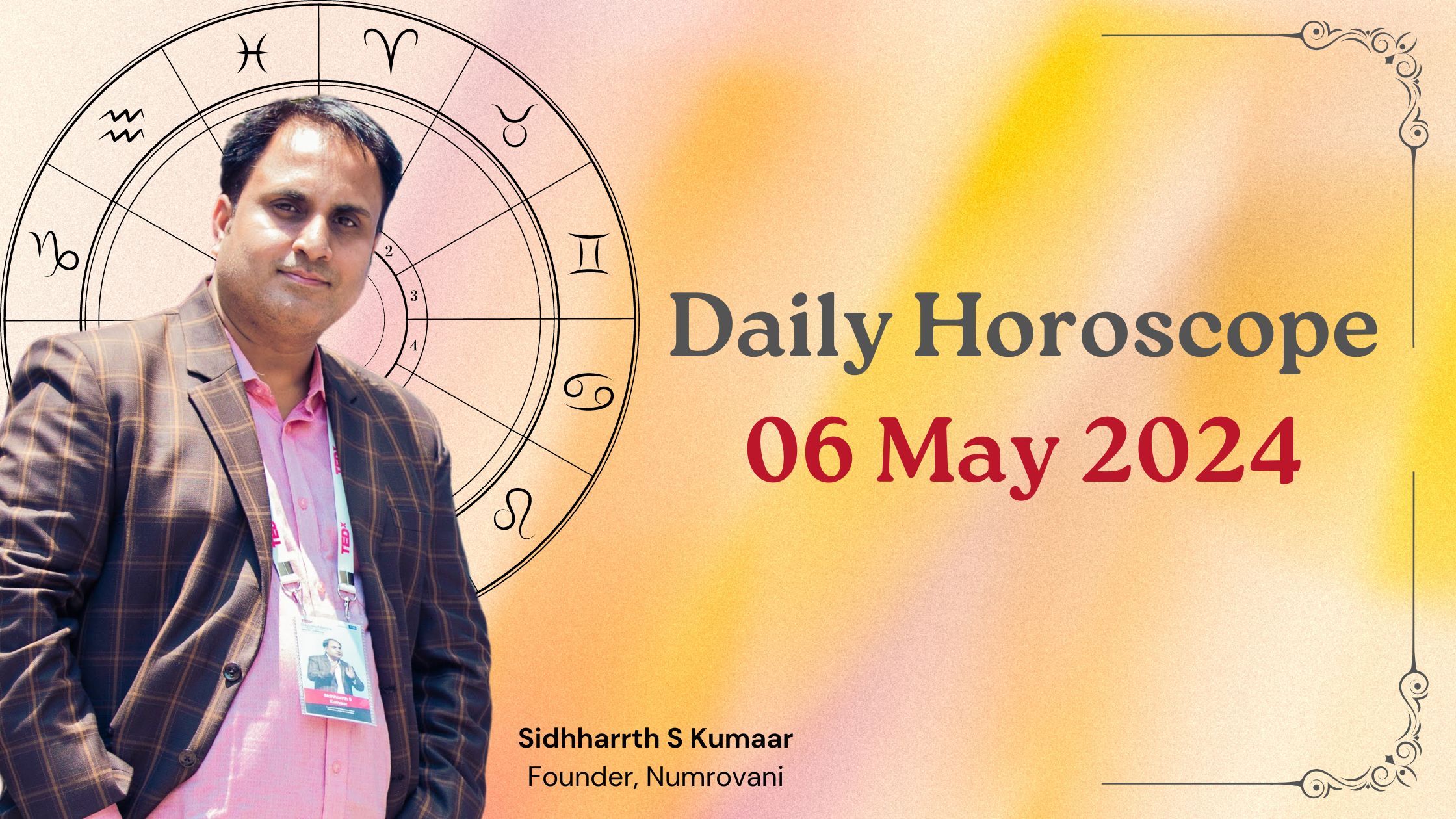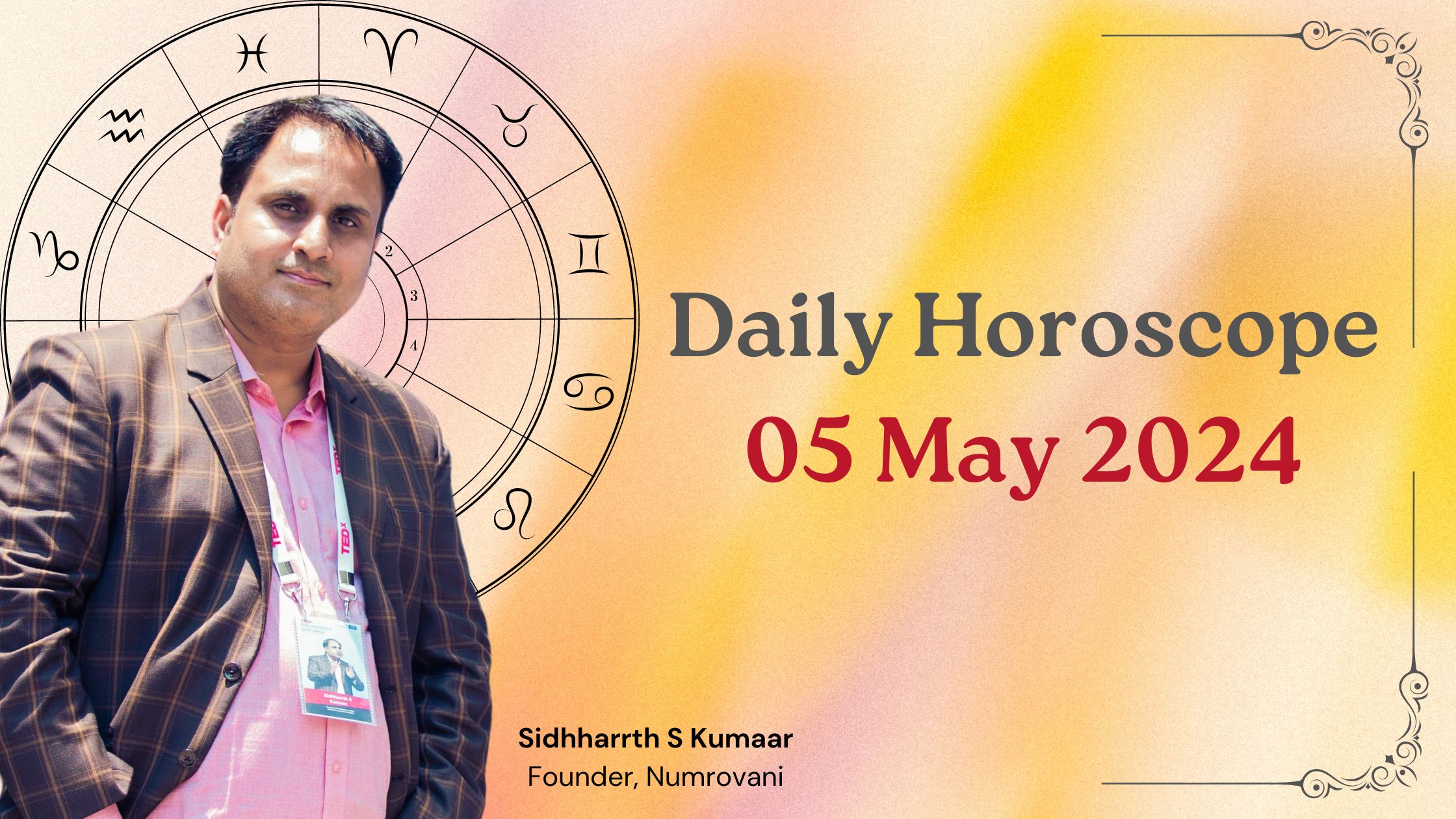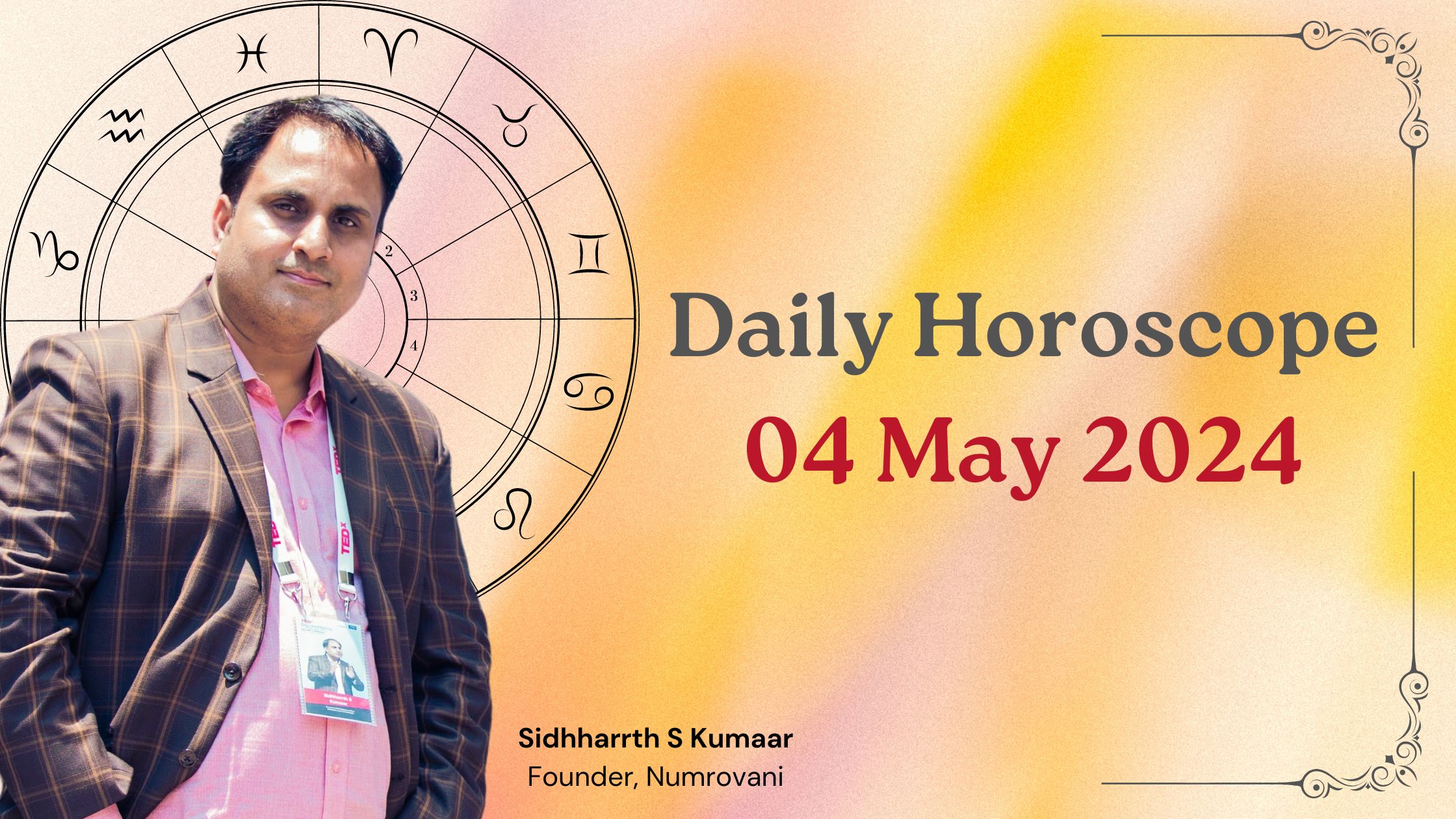Kama Sutra, an ancient Indian text written sometime around the third century became the flagbearer of eroticism during British colonial rule. Known for containing sexually explicit images and 64 improbable sexual positions, the essence of this book was reduced to lust and obscenity.
Originally written in complex Sanskrit by Vātsyāyana, the book was translated into English for the mainstream audience centuries later. And obviously, was vastly misinterpreted right down to its roots. Till today, the original text remains unread by the world while the misinterpretations top the selling charts.
Kama Sutra got lost in myths. Instead, cheap translations were accepted and are promoted by pop culture to date. In this article, we will discuss the misconceptions related to Kama Sutra, how the new-age translations ruined its core principles, and uncover the true essence of this ancient text.
- Kama Sutra is a guide to life
Not just your naughty book of sex, but Kama Sutra proposes a way of living life – with joy and contentment. It comprises of lessons on how to –
- maintain healthy relationships with your family and friends
- take good care of yourself,
- explore the facets of yourself you didn’t know existed,
- find a suitable partner
- best ways to pursue a partner
- to satisfy their emotional as well as physical needs.
It presents you with a new viewpoint of the world, where pleasure is not considered a sin. Many chapters also talk in detail about how to establish an emotional connection with your partner.
- Kama Sutra has 7 sections, only one talks about sex
Did you know that the Kama Sutra comprises 1250 verses and 36 chapters, divided into 7 sections? Yes, these sections are named Dattaka (Part 1), Suvarna nabha (Part 2), Ghotakamukha (Part 3), Gonardiya (Part 4), Gonikaputra (Part 5), Charayana (Part 6), and Kuchumara (Part 7).
But guess which one section accounts for the entirety of this ancient ideology today? – only “Suvarna Nabha”. It includes the sexual positions for which the book has gained all the fame.
The other 6 parts discuss the different philosophies of life. Like how it’s crucial to acquire a good education, establish a stable position in society, and earn a good living before one can enjoy the pleasures of youth. It also emphasizes the imperative motive to seek “moksha” – liberation from the cycle of rebirth and suffering – as one’s youth fades away.
- There are no illustrative sexual drawings in Kama Sutra
Whether one has any inclination towards reading the book or not, it is on every person’s secret wish list to sneak a peek at the visual sexual drawings painted on its pages, contributing to both its fame and notoriety throughout history. However, it’s worth noting that the original text of the Kama Sutra, in its untouched form, does not even include these graphic images.
The historical Sanskrit text primarily comprises detailed descriptions, offering intricate insights. Rather than relying on explicit drawings, the Kama Sutra paints a vivid picture through descriptions – capturing everything from the types of sounds, scratches, bites, and kisses of couples in lovemaking.
- Richard Burton – the man who butchered Kama Sutra
Sir Richard Burton’s version of Kama Sutra was published in the Victorian times – an age of sexual censorship and colonialism. Today, it’s considered the most inaccurate representation of the ancient text. But back then, it was the only option available in English that was available for the world.
Burton’s translation became famous for all the wrong reasons – sexually explicit images that were absent in the original book, inaccurate information that reduced it to just a little naughty text from ancient India that can be used for amusement, parody, and further bullying of the colonized Indians.
- Kama Shastra Society of London – Burton’s Tactic
Burton planned to publish this book at a time when sex was condemned and censured in the West. Thus, he came up with a tactic – to publish it in the name of a fake group called the “Kama Shastra Society of London”. It led to a trend where Kama Sutra is still known as a dangerous “cult” by the majority.
The book was widely pirated before it was officially published in the United States and Britain during the 1960s. However, the harm which was going to take centuries to be redeemed was done.
- Tantric sex and the Kama Sutra are completely different
While both Kama Sutra and Tantric sex are rooted in ancient Indian traditions and involve aspects of intimacy, they are distinct in their focus and practices.
Kama Sutra Sex:
Focus: Primarily concerned with the pursuit of pleasure and aesthetic enjoyment in life.
Content: Provides a comprehensive guide to various aspects of life, including social conduct, love, marriage, and sexual positions.
Purpose: Aim at enhancing overall enjoyment in relationships and advocating for a well-rounded, pleasurable life.
Tantric Sex:
Focus: Rooted in Tantra philosophy, which seeks spiritual growth and enlightenment through various practices, including sex.
Content: Tantric sex is part of a broader spiritual system that involves rituals, meditation, and energy channeling.
Purpose: Aims to connect partners on a deeper spiritual and energetic level. It’s seen as a means of achieving unity and enlightenment.
- Does Kama Sutra make you a creep or a better lover?
The sex positions mentioned in the book are considered mission impossible. There are also easier ones that can be practiced today with the consent of both parties but people fail to look ahead of the most notorious paintings circulated in the West.
It has garnered a reputation for being a creep’s guide to love-making. Contrary to the belief, Kama Sutra actually helps you become a better lover. It has lessons on healthy communication in romantic relationships, personal hygiene for a better sex life, and how to hold power, last longer in bed, and build attraction among many others.
Conclusion
Kama Sutra is the perfect example of how ancient wisdom gets lost in translation. Fortunately, there’s a growing effort to uncover its true meaning, yet we still have a long way to go.
















